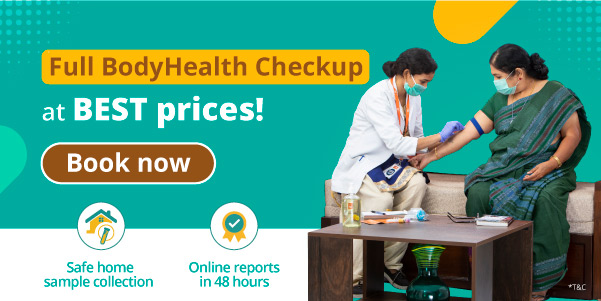How Can We Survive The Second Wave Of COVID-19?
By Dr. Nikita Toshi +2 more

Get,

to manage your symptom
Get your,


4 Cr+ families
benefitted

OTP sent to 9988776655



You’ve successfully subscribed to receive
doctor-approved tips on
Whatsapp

Get ready to feel your best.

Hi There,
Download the PharmEasy App now!!


Register to Avail the Offer
Send OTPBy continuing, you agree with our Privacy Policy and Terms and Conditions

Hi There,
Sign up on PharmEasy now!!
Trusted by 4 crore+ families

OTP sent to 9988776655



You have unlocked 25% off on medicines




Code: NU25
By Dr. Nikita Toshi +2 more
Table of Contents
By now, we are all aware that the 2nd wave of COVID-19 has arrived. According to the latest coronavirus news, several states have imposed or renewed COVID restrictions. Vaccinations have been liberalized and accelerated so that more people can get the COVID vaccine as soon as possible.

The surge of COVID-19 cases in India has happened quite suddenly and has taken a lot of people by surprise.
It’s no wonder that people are asking what the second wave is, what triggered it and will the same COVID precautionary measures we adopted throughout last year suffice? Read on for all the answers.
India recorded the first few cases of COVID-19 in March 2020 and then on until September of 2020, COVID cases continued increasing. After September, fewer cases began to be reported and the first wave of COVID officially began to decline. By the beginning of 2021, only a handful of cases were reported in PAN India and normalcy was almost restored.
However, from February onwards the cases began to rise exponentially and in 1 month (February to March) we recorded as many cases as in 6 months of 2020. This is the second wave because it is the second time that COVID cases are on the rise.
What exactly caused the second wave is unknown. However, this second wave could have been triggered by a few new strains of the coronavirus including the UK virus, South Africa virus and the double mutant. These mutants of coronavirus are very infectious and have a high R-value (the number of people who can be infected from one person).
2 other reasons why the second wave has spread like wildfire are:
The second coronavirus wave is of concern because this new mutant SARS-COV is very contagious and has learned to dodge our antibodies. Even the 18-45 age group, who supposedly has strong immunity, is susceptible. This group has been called the COVID-19 super-spreader. They are the ones who have to be out in public the most. And once they come home with the infection, they rapidly spread it to others in the house/apartment building/housing society. This new COVID-19 strain is also infecting children.
Even though the new strains of COVID are accompanied by new symptoms which do not mean that the old symptoms are no longer seen. COVID positive people may still have a fever, body ache, loss of smell/ taste, soreness or dryness in the throat, runny nose and cough. However this time, solitary symptoms may confuse people. For example, someone with diarrhoea may attribute it to a stomach infection but it is also now a symptom of COVID. Some new COVID-19 symptoms have been noticed. Sometimes just one of these symptoms is exhibited –
Here’s What You Should Do If You Develop Symptoms Of COVID
The new double-mutated coronavirus too spreads through droplets from infected persons or through contact with contaminated surfaces. That is why the same precautions as before will help you now –
If you notice anyone in your family or yourself showing the symptoms of COVID-19, practise home isolation and book a COVID test right away. Contact your doctor even before the reports arrive. Follow the COVID-19 protocol at all times.

Disclaimer: The information provided here is for educational/awareness purposes only and is not intended to be a substitute for medical treatment by a healthcare professional and should not be relied upon to diagnose or treat any medical condition. The reader should consult a registered medical practitioner to determine the appropriateness of the information and before consuming any medication. PharmEasy does not provide any guarantee or warranty (express or implied) regarding the accuracy, adequacy, completeness, legality, reliability or usefulness of the information; and disclaims any liability arising thereof.
Links and product recommendations in the information provided here are advertisements of third-party products available on the website. PharmEasy does not make any representation on the accuracy or suitability of such products/services. Advertisements do not influence the editorial decisions or content. The information in this blog is subject to change without notice. The authors and administrators reserve the right to modify, add, or remove content without notification. It is your responsibility to review this disclaimer regularly for any changes.

Leave your comment...
Comments